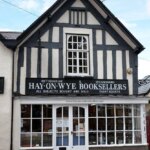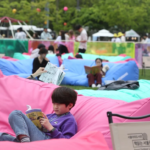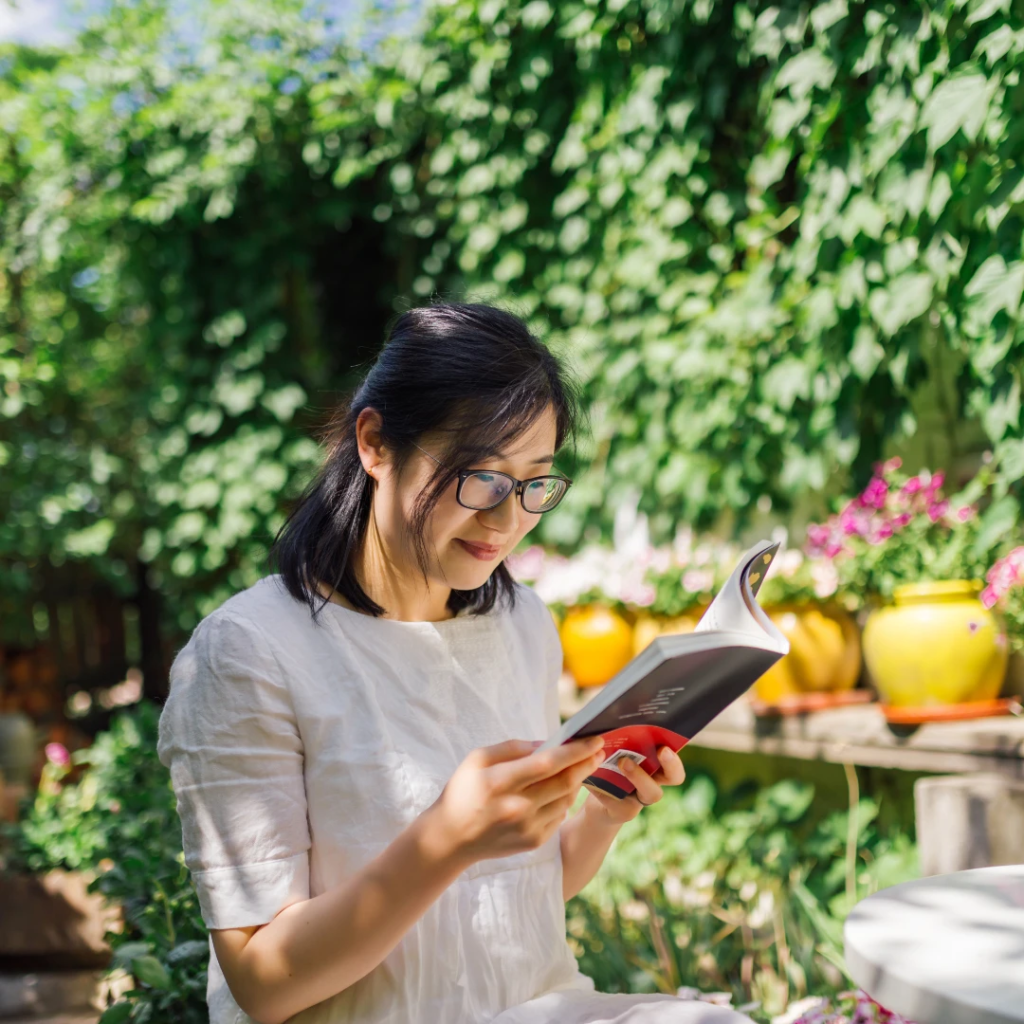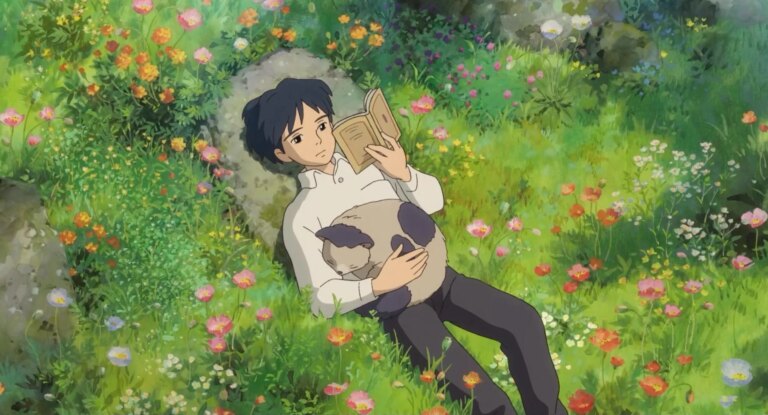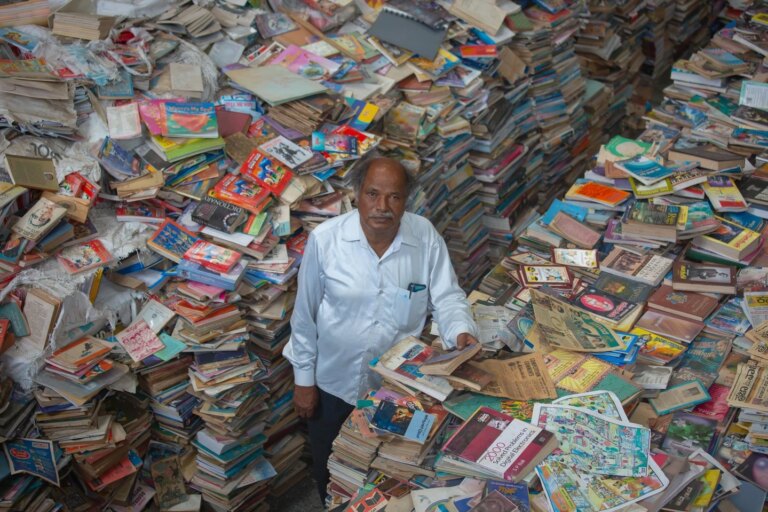History, love, revolution, and even aliens… these 8 books show China in all its wonder and contradictions. Ready to explore?
There are books you read for entertainment, and then there are books that feel like a ticket to another world. They’re the perfect alternative to a ticket to a flight, and what better destination to read about than China? With its sprawling history, dizzying cities, ancient traditions, and modern contradictions, it has inspired countless authors. Many of whom have written books that capture it so vividly that reading them almost makes you feel like you’re walking the streets of Beijing, wandering through rice terraces, or peering into dynasties long past.
So if you’ve been itching for an armchair adventure, here are seven books that will take you straight to China, no passport required.
Wild Swans: Three Daughters of China by Jung Chang
Let’s start with a classic. Wild Swans is one of those books that stays with you for years. Jung Chang traces the lives of three generations of women, her grandmother, her mother, and herself, all against the backdrop of a century of upheaval in China.
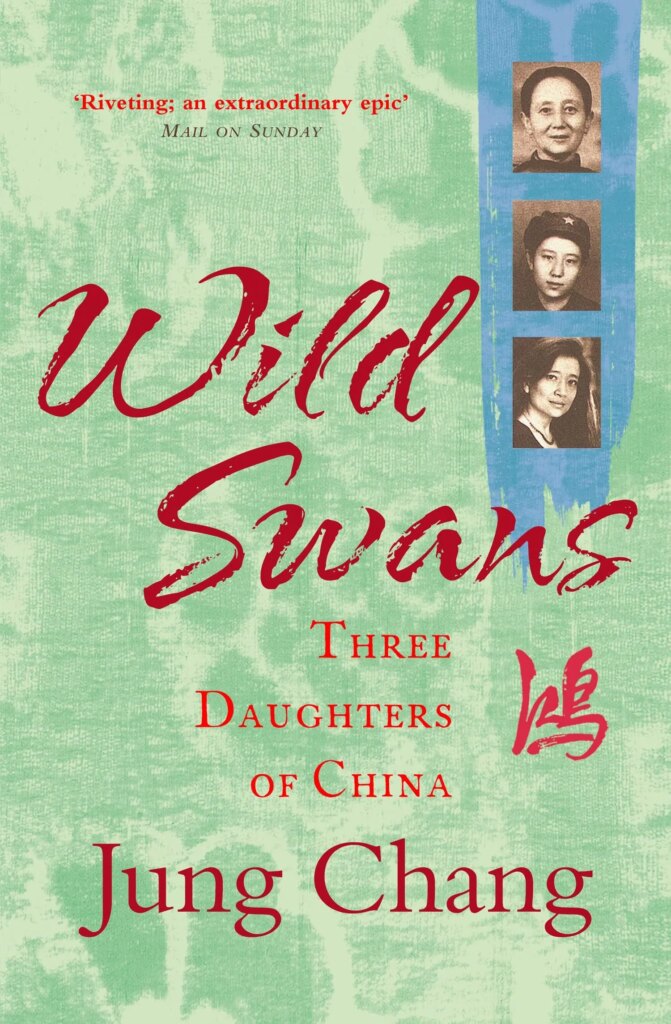
You get everything here: foot-binding in the early 1900s, the rise of Communism, the madness of the Cultural Revolution, and finally, the author’s own journey into exile. It reads like a cross between an intimate family diary and sweeping history. By the time you finish, you feel like you’ve lived through the century with them and experienced the heartache, the resilience, and everything in between.
The Good Earth by Pearl S. Buck
Pearl S. Buck won the Pulitzer Prize for this 1931 novel, and it’s not hard to see why. Set in pre-revolutionary rural China, The Good Earth tells the story of Wang Lung, a humble farmer, and his wife O-Lan, whose quiet strength holds their family together.

It’s earthy, gritty, and really heartfelt. It’s clear that Buck understands what it is to be human. Through the family’s struggles with famine, poverty, and sudden wealth, you get an unvarnished view of the deep connection between people and the land. Yes, it’s written by an American author, but Buck grew up in China and brought a rare sensitivity to her portrayal of peasant life. If you want to understand the backbone of old China, this is a must-read.
Red Sorghum by Mo Yan
If you want something a little wilder, try Mo Yan’s Red Sorghum. Mo Yan is a Nobel Prize–winning author, and this story alone makes it easy to see why. The narrative weaves together tales of love, violence, and resistance in rural Shandong during the Second Sino-Japanese War.
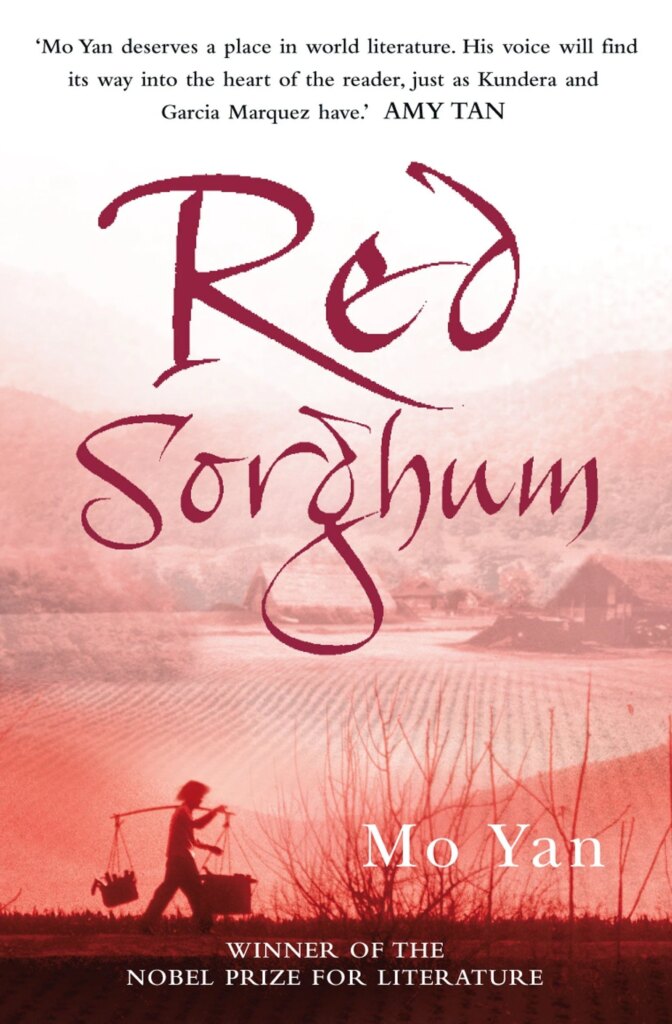
The prose is lush and sometimes surreal. You’ll read about sorghum fields that seem almost alive, blood-soaked battles, and love stories that burn as hot as the summer sun. It’s not always easy reading, but it’s unforgettable. Mo Yan has this way of mixing folklore, brutal reality, and lyricism that makes you feel like you’re inside a dream, although not always a pleasant one.
Factory Girls: From Village to City in a Changing China by Leslie T. Chang
Fast-forward to modern China. Factory Girls is nonfiction, but it reads like a novel. Leslie T. Chang follows two young women who leave their villages to work in the booming factories of Dongguan, one of the world’s manufacturing hubs.
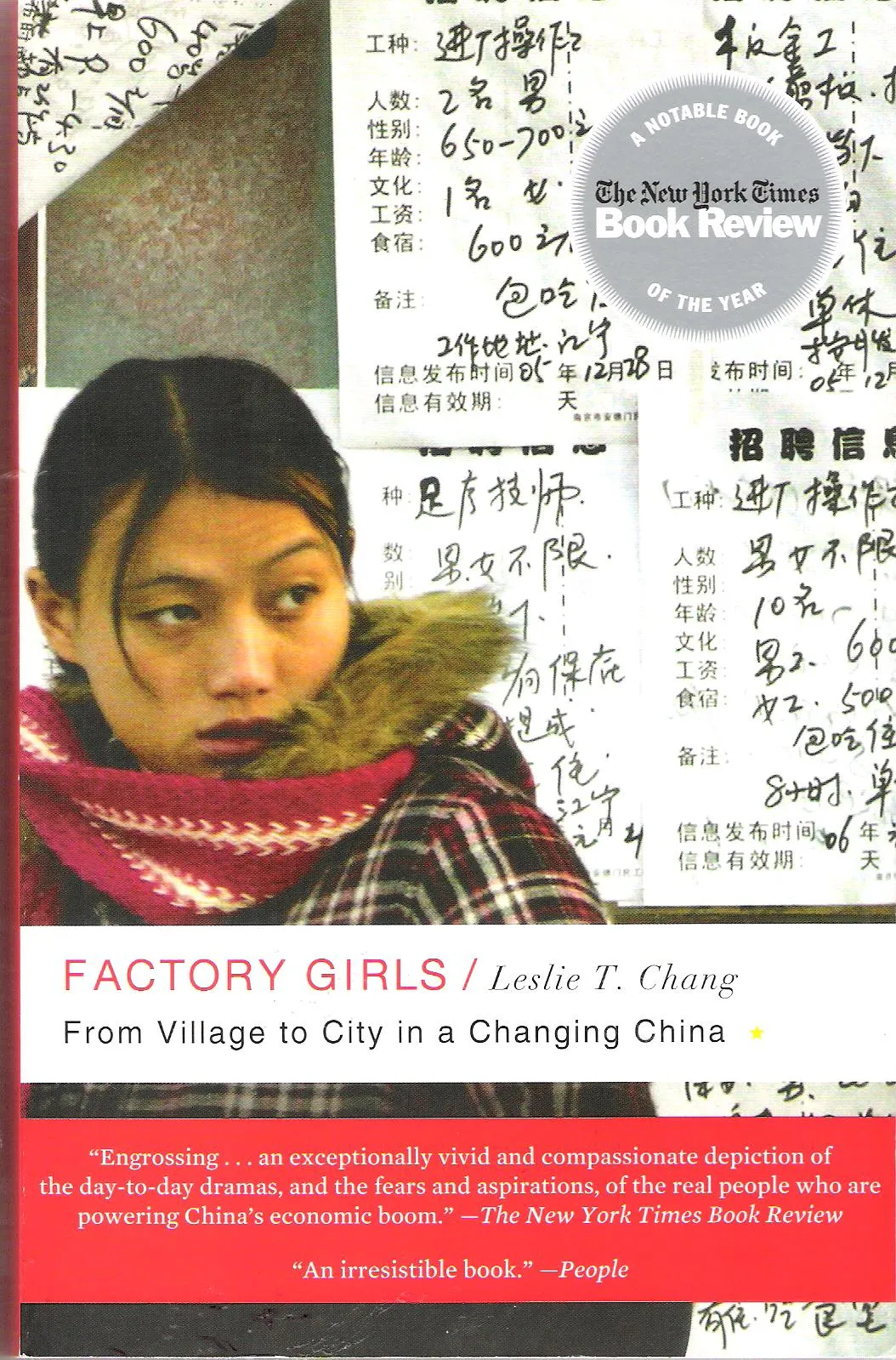
What makes this book so compelling is how personal it feels. These women aren’t faceless “migrant workers” from the news report; they are the complete opposite. They’re ambitious, funny, lonely, and resourceful. Through their stories, you really get an understanding of not only the staggering scale of China’s economic transformation, but also the very human dreams and sacrifices behind it.
The Three-Body Problem by Liu Cixin
Okay, hear me out: science fiction may not scream “travel guide,” but Liu Cixin’s The Three-Body Problem is one of the most exciting ways to experience modern Chinese literature.
This mind-bending novel is the first in a trilogy and begins during the Cultural Revolution with a secret military project. From there, the narrative then leaps into physics, virtual reality, and extraterrestrial contact.

It is often called China’s answer to Asimov or Arthur C. Clarke, but it is steeped in uniquely Chinese history and philosophy. Plus, it has that wonderful mix of political intrigue, cultural commentary, and big “what if?” questions.
If you want to see how Chinese writers are reshaping global science fiction, whilst still getting a window into modern and historical China, then this book is your boarding pass.
Balzac and the Little Chinese Seamstress by Dai Sijie
This short novel is pure charm. Written by Dai Sijie, a Chinese-born filmmaker, Balzac and the Little Chinese Seamstress tells the story of two city boys sent to a remote mountain village during the Cultural Revolution for “re-education.” While there, they discover a hidden stash of Western novels by Balzac, Hugo, and Dumas, and they decide to share them with a local seamstress.
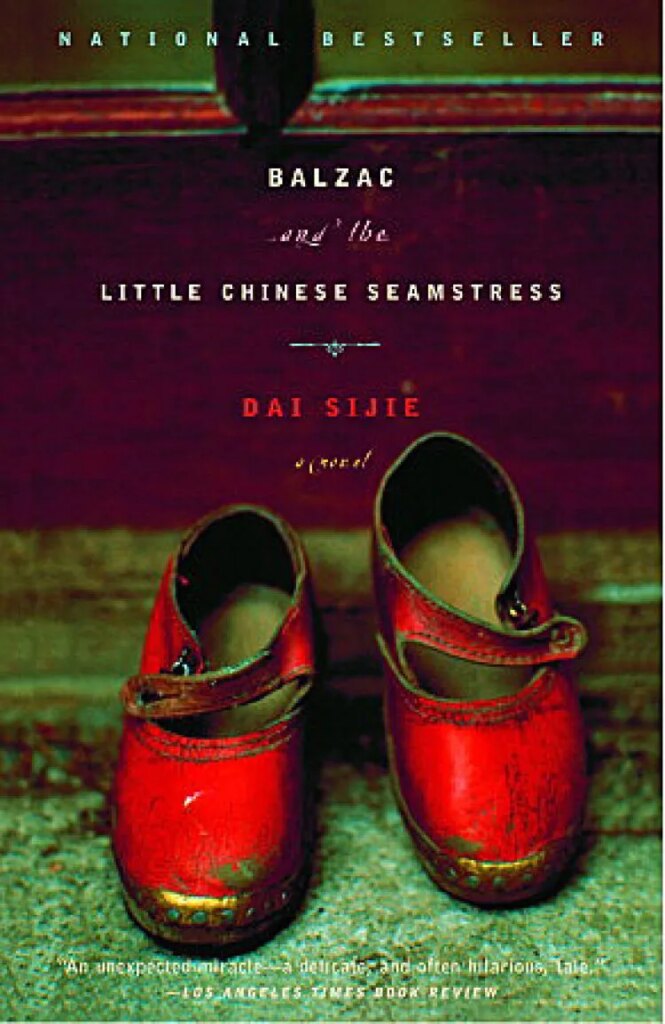
What comes next is a bittersweet coming-of-age tale about love, literature, and the transformative power of stories. It is light in tone yet loaded with meaning. Reading it, you’ll smell the mountain air, grow to understand the weight of censorship, and remember why books matter so much in the first place.
River Town: Two Years on the Yangtze by Peter Hessler
If you want to experience everyday China through an outsider’s eyes, Peter Hessler’s River Town is fantastic. He was a Peace Corps volunteer teaching English in Fuling, a small city on the Yangtze, during the late 1990s, and this book is full of his experience and love for the country.
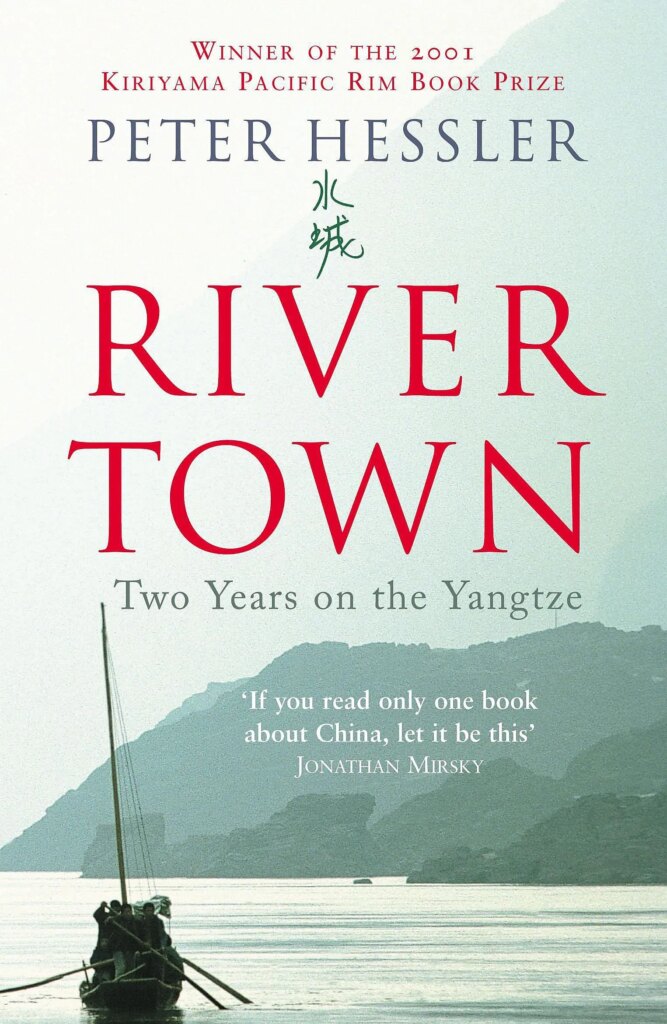
His writing is funny, warm, and deeply observant. He captures the quirks of his students, the rhythm of life along the river, and the fascinating contradictions of a country barreling forward into modernity while still clinging to tradition. Hessler went on to become one of the most respected China correspondents, but River Town remains his most intimate work, and one of the best introductions to modern Chinese society.
Join our community of 1.5M readers
Like this story? You'll love our free weekly magazine.



